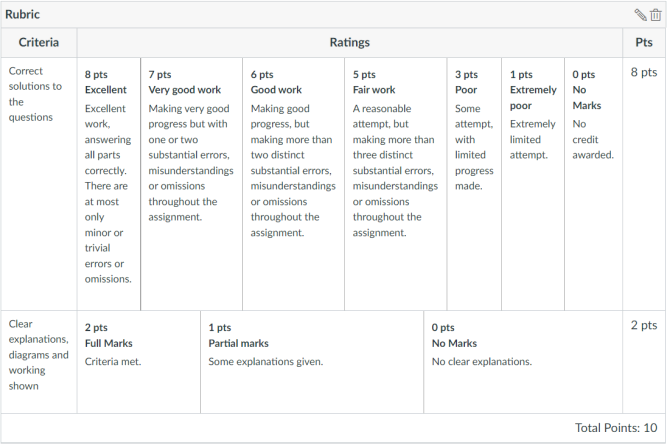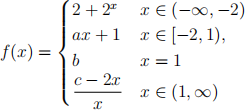MATH1061: Mathematics 1A Semester 1, 2024 Assignment 1
Hello, dear friend, you can consult us at any time if you have any questions, add WeChat: daixieit
School of Mathematics and Statistics
Assignment 1
MATH1061: Mathematics 1A
Semester 1, 2024
This individual assignment is due by 11:59pm Sunday 17 March 2024, via Canvas. Late assignments will receive a penalty of 5% per day until the closing date. A single PDF copy of your answers must be uploaded in Canvas at https://canvas. sydney.edu.au/courses/54497. It should include your SID. Please make sure you review your submission carefully. What you see is exactly how the marker will see your assignment. Submissions can be overwritten until the due date. To ensure compliance with our anonymous marking obligations, please do not under any circumstances include your name in any area of your assignment; only your SID should be present. The School of Mathematics and Statistics encourages some collaboration between students when working on problems, but students must write up and submit their own version of the solutions. If you have technical difficulties with your submission, see the University of Sydney Canvas Guide, available from the Help section of Canvas.
This assignment is worth 5% of your final assessment for this course. Your answers should be well written, neat, thoughtful, mathematically concise, and a pleasure to read. Please cite any resources used and show all working. Present your arguments clearly using words of explanation and diagrams where relevant. After all, mathematics is about communicating your ideas. This is a worthwhile skill which takes time and effort to master. The marker will give you feedback and allocate an overall mark to your assignment using the following criteria:

Please justify your answers. Correct answers without adequate justification will not receive full marks. A plot on its own is not considered adequate justification.
1. Let f : R → R such that

where a, b, c ∈ R.
(a) What value of a is required for  to exist?
to exist?
(b) If f(x) is a continuous function, what are a, b and c?
(c) Using f(x) from (b), calculate  and
and  .
.
2. Let g : D → R, where  and D is the natural domain of g(x).
and D is the natural domain of g(x).
(a) What is D?
(b) What is the range of g?
Let h : [α, β] → [γ, δ], where  , and α, β, γ and δ ∈ R.
, and α, β, γ and δ ∈ R.
We also know three other things about h:
❼ h is bijective.
❼ h(0) =  .
.
❼ The range of h is the same as the range of g from (b).
(c) What are α, β, γ and δ? Reminder: Fully justify your answer.
(d) Find  , including its domain and codomain.
, including its domain and codomain.
3. We can extend the sine function to the complex numbers by defining

(a) Let α ∈ R with α > 1. Use the quadratic formula to show that if sin(z) = −αi, then we have

(b) Find all the solutions z ∈ C to the equation sin(z) = −αi, giving your solutions in Cartesian form.
4. Consider the points A = (1, 2, 3), B = (−1, 4, 1), and C = (3, 2, −2) in R3.
(a) Find the value of k ∈ R for which the vector v = [k, k − 2, 2k − 5] can be written as a linear combination of  and
and  .
.
Find the linear combination v for this value of k.
(b) Find a point P in R 3 such that A, B, C and P form a rhombus.
Explain your reasoning.
2024-03-18